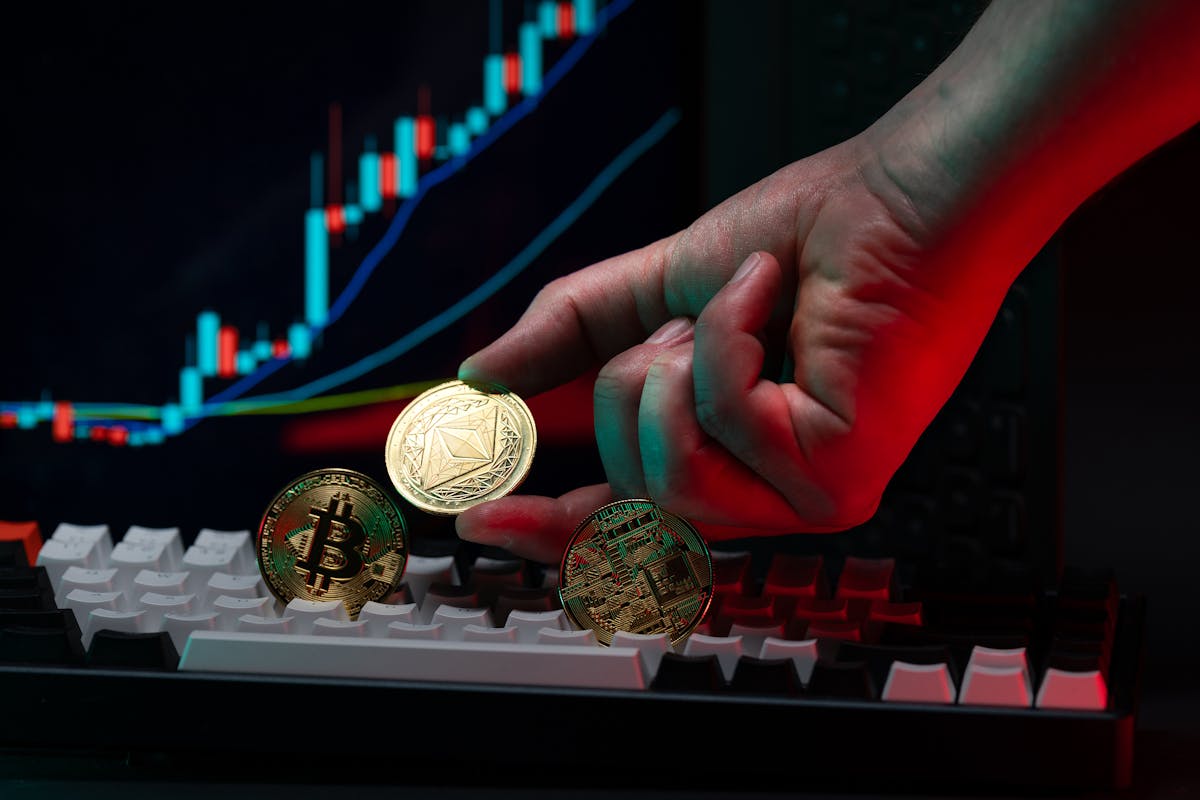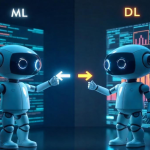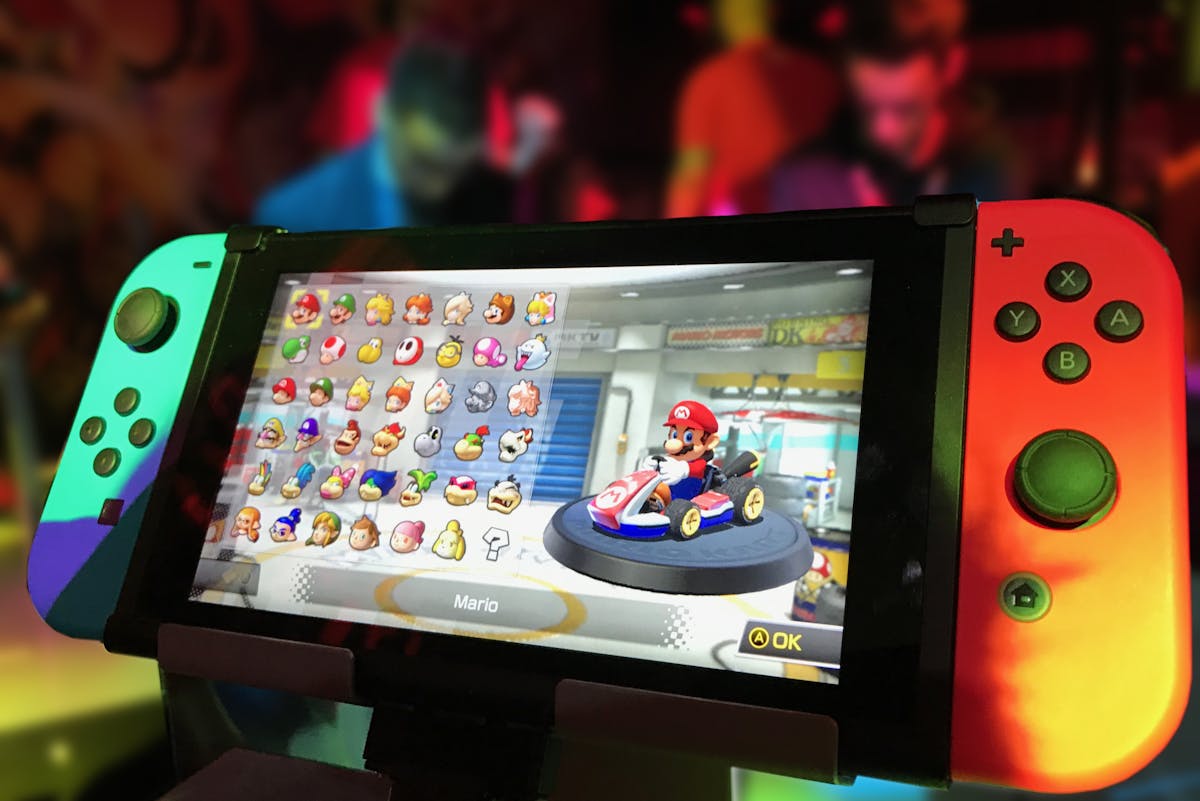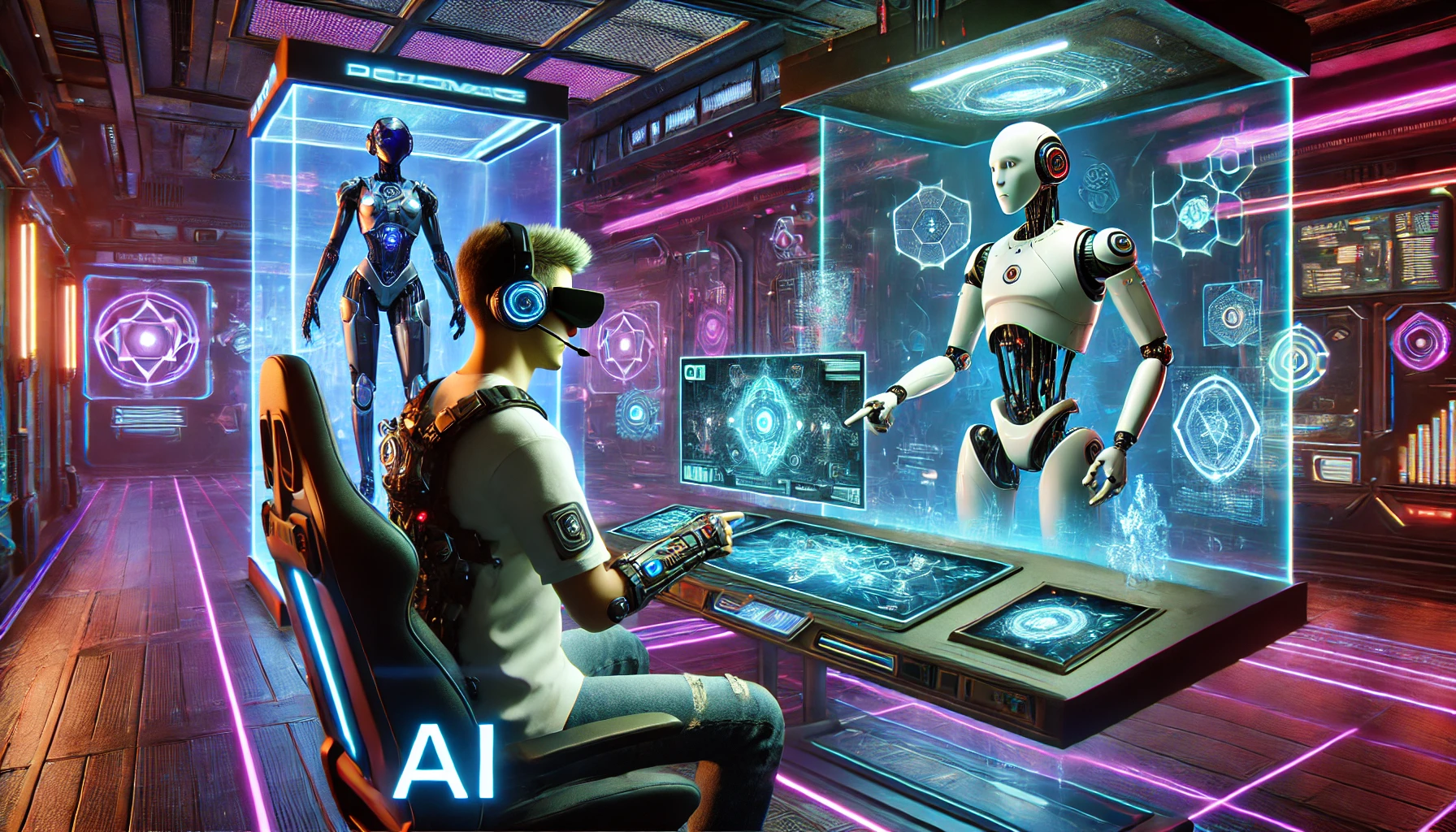How is Blockchain technology boosting the modern day Gaming world!
Blockchain gaming continues to redefine digital entertainment, blending decentralized technology with immersive gameplay. According to DappRadar’s May 2025 report, blockchain gaming dapps recorded 4.9 million daily unique active wallets (dUAW), a slight increase from April, though the sector’s market share dipped from 21% to 19.4%. Emerging titles like Pixudi and Playzap are gaining traction, while legacy games such as Alien Worlds have slipped from top rankings. This blog explores the implications of these trends on the global blockchain market, the broader technological landscape, and the future of blockchain and gaming innovations, offering insights into how these shifts shape collaborative opportunities.
Rising User Engagement and Shifting Market Dynamics
The 4.9 million dUAW reported by DappRadar reflects sustained user interest in blockchain gaming, even as its market dominance slightly declined. Newer platforms like Pixudi and Playzap are capturing attention with innovative gameplay and user-centric models, signaling a shift toward sustainable game design over speculative tokenomics. Meanwhile, established titles like Alien Worlds are losing ground, possibly due to repetitive mechanics or automation concerns. This transition underscores a maturing industry prioritizing quality and retention, which could stabilize the global blockchain gaming market, valued at significant growth potential by 2030.
Impact on the Global Blockchain Market
The rise in dUAW, despite a reduced market share, indicates blockchain gaming remains a key driver of Web3 adoption. The sector’s resilience amid a challenging funding environment—evidenced by a drop to $9 million in investments in May 2025—suggests a focus on sustainable growth. Emerging blockchains like Sei Network, with a 33.5% share of gaming UAW, and opBNB are diversifying the ecosystem, reducing reliance on traditional leaders like Ethereum. This diversification could attract more institutional investment, potentially stabilizing the global blockchain market against macroeconomic volatility. However, regulatory challenges, such as high crypto taxes in regions like India, may temper growth unless addressed.
Influence on the Technological World
Blockchain gaming’s evolution is reshaping the broader technological landscape. The integration of AI, as highlighted in recent industry surveys, is enhancing game development efficiency, with over 50% of developers leveraging AI tools for tasks like asset creation and user interaction. This convergence of blockchain and AI could set new standards for immersive experiences, influencing sectors beyond gaming, such as virtual reality and digital identity systems. However, concerns about AI-driven job cuts in gaming highlight the need for balanced adoption to maintain workforce stability.
Future Blockchain Developments
The shift toward user-focused blockchain gaming signals a maturing ecosystem that could drive future blockchain innovations. Technologies like Immutable zkEVM, a collaboration between Immutable and Polygon, are enabling scalable, secure gaming platforms with true asset ownership. The growth of networks like Sei and Aptos, alongside a 70% UAW surge in Q3 2024, suggests blockchain infrastructure is scaling to support mass adoption. These advancements could extend to decentralized finance (DeFi) and digital ownership models, fostering interoperability across Web3 applications.

Future Gaming Developments
The rise of titles like Pixudi and Playzap points to a future where gameplay quality and player retention take precedence. The closure of projects like Nyan Heroes and Ember Sword due to unsustainable models underscores the need for iterative development and community engagement. Established companies like Sega and Ubisoft entering the Web3 space signal mainstream interest, potentially leading to AAA-quality blockchain games. Mobile gaming, with projects like The Sandbox’s 2025 mobile launch, will further democratize access, driving innovation in user interfaces and cross-platform compatibility.
Blockchain and Gaming Collaborations
Collaborations between Web3-native teams and traditional gaming giants are pivotal for future growth. DappRadar emphasizes that successful projects stem from partnerships leveraging Web3 expertise, as seen in Sega’s Kaia platform and Square Enix’s Symbiogenesis. These collaborations could bridge Web2 and Web3 gaming, creating hybrid models that appeal to broader audiences. Investments, such as Arbitrum’s $200 million fund, are fueling such partnerships, fostering ecosystems where players own assets and influence game governance, potentially redefining player-developer dynamics.
Conclusion
The blockchain gaming sector, with 4.9 million dUAW in May 2025, is navigating a transformative phase with significant implications. Globally, it strengthens the blockchain market by diversifying ecosystems and attracting institutional interest, though regulatory hurdles persist. Technologically, it drives AI and blockchain integration, influencing broader digital innovation. For future blockchain developments, scalable platforms like Immutable zkEVM promise enhanced interoperability. In gaming, the focus on quality and mobile accessibility foreshadows mainstream adoption. Collaborative efforts between Web3 and traditional gaming entities will likely shape a future where player ownership and engagement redefine the industry, positioning blockchain gaming as a cornerstone of Web3 innovation.







